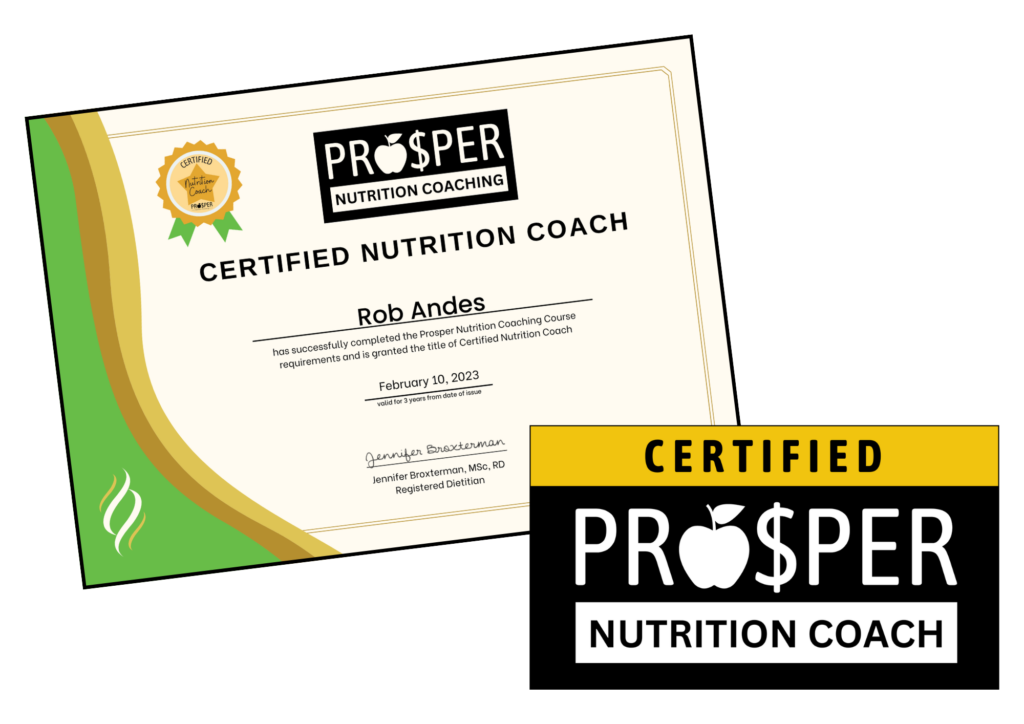

Lean at What Cost? Many Triathletes Walk a Dangerous Line Between Weight Loss and Eating Disorder
Key points from a recent conference on the issues surrounding athletes trying to balance food intake, weight, and performance gains.
Too many athletes (males and females alike) struggle with food and weight. Their common belief is “the lighter I am, the better I’ll perform.” Not true, if the cost of attaining the perfect body is poorly fueled muscles, overuse injuries, and a dysfunctional relationship with food. If you are a triathlete who struggles with losing those last few pounds, take note. Weight issues may have little to do with body fat and more to do with feelings of not being “good enough.” Haven’t we all, as athletes, had that thought? And certainly, some of us struggle with the “I’m not good enough” belief far more than others. And we are the ones who can easily cross the line into having an eating disorder.
The following information, presented at a conference in Boston organized by the Multiservice Eating Disorders Association (MEDA), offers food for thought for all athletes who struggle with finding the right balance of food, weight, and exercise. For additional information, MEDA’s website is filled with helpful resources for teammates, friends and family members, as well as for athletes with anorexia, bulimia, and food obsessions.
Food for thought
-Anorexia has the highest mortality rate of any mental illness. Whether death is from heart arrhythmias or suicide, we need to pay attention when athletes struggle with food.
-Just as athletes with anorexia lose arm and leg muscle that helps them be strong, they simultaneously lose heart muscle. The heart gets smaller and cannot respond to stress. The resulting arrhythmias can be a cause of death.
-The purging associated with bulimia takes its toll in terms of not only electrolyte imbalance associated with vomiting, but also gray teeth (due to erosion of tooth enamel on the inside of the mouth), and dental caries. The person may also suffer from acid reflux, difficulty swallowing, and chronic constipation (if purging includes laxative abuse).
-Thankfully, many medical issues are reversible but two “biggies” can remain problematic: 1) cognitive dysfunction due to the brain shrinking and 2) bone health. The bones (particularly in the spine, hip, and wrist) lose density. This increases the risk of stress fractures today and osteoporosis in later years. A shocking one-fourth of young women (<20 years) who suffer from anorexia have early osteoporosis. Some end up in severe pain for their lifetime, others in wheelchairs. Teens need to be fully aware they are not only losing bone density but also are not gaining it, as should happen during teenage years. Surprisingly, men with anorexia end up with worse osteoporosis than women.
-Any female athlete with amenorrhea (loss of her menstrual period for more than three months) should get her bone density measured for a baseline. Should she also take a birth control pill to force the return of menses? Current research suggests not. The pill offers a false sense of recovery, plus it does not enhance bone density. The better path is to eat enough food to restore the body to an appropriate weight.
-Beware that eating a very high fiber can interfere with calcium absorption. No need for more than 25 to 35 grams of fiber per day!
-Athletes with eating disorders commonly have high cholesterol levels. The solution is not to limit red meat and eggs; rather, the runners need to normalize their entire diet.
-Medical symptoms that raise red flags include: heart rate less than 40 beats per minute, body temperature less than 95°F (35°C), blood pressure less than 70/40, and low blood glucose (<60 mg/dL) between meals. These numbers are sometimes seen in highly trained runners; hence to identify those with eating disorders can be tricky. Other red flags include noticeable “fur” on arms and face (lanugo hair, for warmth), brittle fingernails, blue fingertips, itchy dry skin, and a yellow skin tone due to overindulging in carrots and orange vegetables.
-Athletes with anorexia may complain about “feeling full” despite a small food intake, and food that just “sits in the stomach.” The solution is to force themselves to gradually increase their intake. Even though they may not feel hungry, their body is starving and needs fuel.
Path to recovery
Yes, usually with help from a therapist, registered dietitian (RD), and medical team. Some athletes get tired of the eating disorder and learn to accept their perceived body flaws. Others get scared when they vomit blood. Some find hope in a new personal relationship —maybe I am good enough to be loved!—or choose to eat better so they can get pregnant.
One pathway for recovery is to see the eating disorder as being just one part of you. It is the part that tries to protect your other parts that don’t like feeling lonely, rejected, or imperfect. For example, perhaps you had traumatic experiences in middle school. Your eating disordered part can distract and numb feelings of pain, shame, and fear. It keeps you feeling more in control of life.
Try talking to your eating disorder, asking it why it’s here and what it’s trying to do for you. The ED might answer “I’m trying to distract you and protect you from painful feelings—you know, the shame you felt as a kid in middle school.” But we all know that starving one’s body does not solve any problems. Hence, a probing question is, “How effective on a scale of 1 to 10 (with 10 being 100% effective) is the eating disorder in making you happy at your core?” Most athletes with eating disorders are miserable.
Using a model of recovery such as Internal Family Systems, athletes can discover their core that is centered, competent, secure, self-assured, relaxed, and able to both listen to and respond to feedback. These core values can displace the eating disordered voices and lead to a happier, healthier life and improved performance. Is it time for you to stop struggling and start living and performing better?
If you feel like you might be struggling with your relationship with food, weight, body composition, and athletic performance and want to check-in to make sure everything you’re doing is ok, Registered Dietitian & Sports Nutritionist Jennifer Broxterman from London, Ontario is always here to help and to listen. To book an appointment, email info@nutritionrx.ca.
_____________________
Written by: Nancy Clark, MS, RD, CSSD (Board Certified Specialist in Sports Dietetics) counsels both casual and competitive athletes at her office in Newton, MA (617-795-1875). Her Sports Nutrition Guidebook and food guides for new runners and marathoners offer additional information on resolving weight issues. They are available at nancyclarkrd.com. See also sportsnutritionworkshop.com.
Originally from: http://ironman.com/training/nutrition/many-triathletes-walking-a-dangerous-line-between-weight-loss-and-eating-disorder#ixzz1xxBh9cY5
Wishing you health & happiness,
♡ Jen
Jennifer Broxterman, MSc, RD
Registered Dietitian
NutritionRx: happy, healthy living with our team of Registered Dietitians
Prosper Nutrition Coaching: a world-class nutrition coaching certification
+
+
+
Want to work with a NutritionRx Registered Dietitian?
Learn more here: Nutrition Packages & Rates
+
+
+
Want to become a Certified Nutrition Coach?
Learn more about our habits-based Prosper Nutrition Certification




